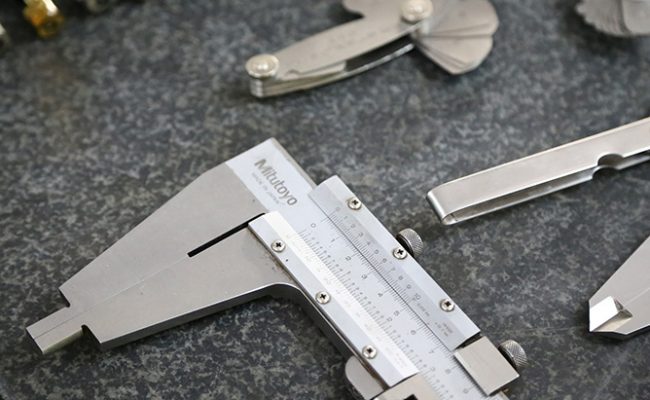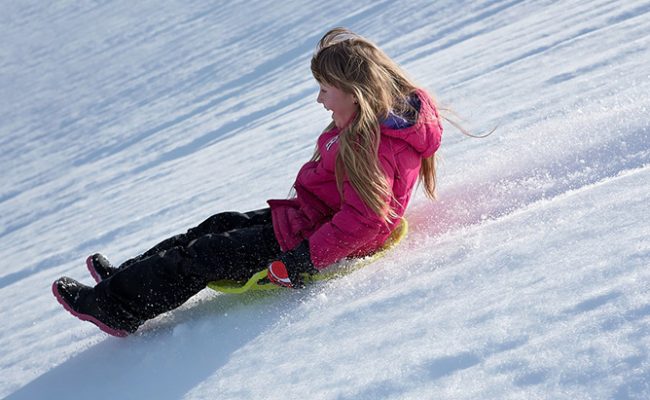Learning about physics is enhanced by experimentation, where measurement of actual events provides a verification of theories. A set of simple physics experiments can help teach us about things such as length, area and volume measurement, the acceleration of gravity, oscillations, magnetism and light. The experiments can provide quantitative evidence when instruments of length, time, mass, etc, are used and confirmed by repeated runs of an experiment. Uncertainty analysis is often an important component of introductory physics to cultivate a healthy skepticism. Measurement quality is justified by how the experiments are designed and conducted. The common approach to uncertainty analysis in freshman-level physics is to use partial differentiation of the formula used to calculate results from the raw measurements. This creates a problem because the student might not have completed a multi-variable calculus course yet (usually completed by the end of the sophomore year).
The Physics Lab project was adopted to apply the results of duals arithmetic’s automatic error propagation capability. The goal is to provide examples of practical physics experiments where data- with-error is input to the CertainError APP and error propagated to results. The hope is that these examples demonstrate that students can perform uncertainty analysis in the freshman year physics course prior to completing the sophomore level multi-variable calculus. This would change the way uncertainty analysis is taught and used.
The project started with a set of example experiments with data. This includes experiments with titles such as length measurement, gravity from a simple pendulum, index of refraction, acceleration of a cart and electrical resistors in series. These are accompanied by theoretical formula used to calculate results from the measurements. For example, the gravity, g, is calculated from the pendulum’s measured length, L, and measured period of oscillation, T. The numbers and formula are converted to duals arithmetic and a step-by-step recipe is adopted to use the CertainError APP.
This project has been a success. For example, a video provided on the CertainError Youtube channel, shows the ‘CertainError Calculator vs. Scientific Calculator’ for the pendulum experiment. This assumes the uncertainty formula that use the Scientific Calculator have already been prepared (the physics student is either capable of working out the uncertainty math beforehand or the course instructors provide the necessary formula). The CertainError APP is over twice as fast in solving the error propagation problem and does not require any preparation of uncertainty formula. Another level of success could be achieved when the CertainError APP gains widespread use anywhere a student is asked to perform uncertainty analysis for a physics lab.




